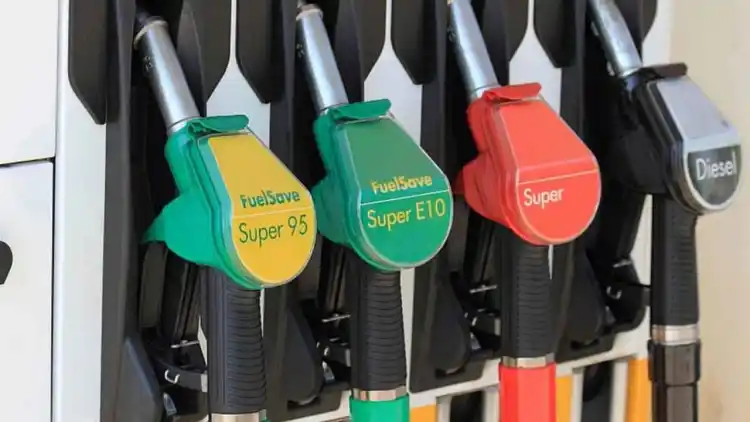- Key Highlights
- 91 vs 95 vs 98 Octane (Saudi/UAE)
- Real Owner Story
- Technical Differences & Engine Impact
- Mixing Fuel Types: When is it Safe?
- Selecting the Ideal Type: Pro Tips
- Common Questions Answered
At every fuel station in Saudi Arabia, the UAE, and the Gulf, you face three primary choices: green 91 octane, red 95 octane, and super 98 octane fuel. Many drivers are confused by color and number: Which is best for my car? Does premium always deliver better performance or longer engine life? This professional guide reveals the secrets of octane, details the attributes of each fuel type, and corrects common myths—making your next fuel decision a strategic step for both your budget and your car’s health.

Key Highlights
The octane number measures fuel’s resistance to premature ignition (“knock”) in the engine—the higher the number, the greater the fuel’s ability to handle heat and compression.
91 octane (green): Best for standard and economical engines, the cheapest fuel type, suitable for taxis, older vehicles, and low-compression engines.
95 octane (red): Mid-range cost, designed for modern or intermediate-performance engines with higher compression, offering balance between price and performance.
98 octane (super): Highest price, made for sports/luxury cars and high-performance engines that demand maximum knock resistance.
Using a higher octane than your car’s recommendation will NOT boost performance or efficiency if your engine doesn’t require it.
Consistently using lower octane than your car requires raises the risk of knocking, power loss, battery and valve issues, and long-term engine damage.
Fuel colors are a quick identifier, but do not indicate quality—just the octane number.
Modern engine management systems can sometimes adapt in emergencies, but frequent use of a lower-than-specified octane harms the engine over time.
91 vs 95 vs 98 Octane (Saudi/UAE)
Real Owner Story
Mohammed owns a budget sedan and his owner’s manual specifies green 91 octane. One day he decided to try red 95, thinking he’d get more power and better mileage. Months later, he noticed almost no performance benefit—but his monthly cost rose. He even mixed 91 and 95 during emergencies without any significant changes, as long as he avoided lower-than-recommended octane or constant over-spending.
Technical Differences & Engine Impact
91 green adapts well to older, simple-engine designs, ensures economical use, and doesn’t put extra stress on the car.
95 red provides newer engines with sharper response, minimized knock risk—ideal for modern SUVs and sedans.
98 super is essential only for high-performance, sports, or luxury engines that run at extremely high pressures and temperatures.
Mixing Fuel Types: When is it Safe?
Mixing fuels (91 with 95 or 98) in emergencies won't harm most engines if it’s not repeated often; however, ongoing mixing negates the benefits of higher octane and may slightly increase knock risk in sensitive motors.
For sports cars, frequent mixing can reduce torque, raise consumption, and negatively affect sensitive components. For regular cars, the effect is usually negligible.

Selecting the Ideal Type: Pro Tips
Always check the user manual, fuel cap, or contact your dealer.
Save your money—buy only the octane your car needs; avoid unnecessary upcharges.
Don’t opt for super 98 unless your engine specifically demands it (mostly in sports/luxury cars).
In emergencies (when the required type is unavailable), mixing just once is acceptable—just switch back to your spec as soon as possible.
Most modern GCC vehicles are engineered for 91 or 95 octane; pricier fuel doesn’t improve power or consumption unless mandated by your engine’s specs.
Common Questions Answered
Does using higher-than-required octane damage the engine?
No, but it costs more for no practical benefit.
Does mixing grades reduce efficiency?
Only if you consistently fall below your engine’s minimum; occasional mixing is rarely problematic.
Is there a difference between green, red, and gold besides color?
The main difference is the octane number and corresponding knock resistance, not the dye.
Choosing the right fuel—whether green 91, red 95, or super 98—is crucial for protecting your engine, reducing costs, and maintaining fuel efficiency. Don’t pay extra unless your engine truly needs higher octane, and always follow manufacturer guidelines rather than fuel myths.





